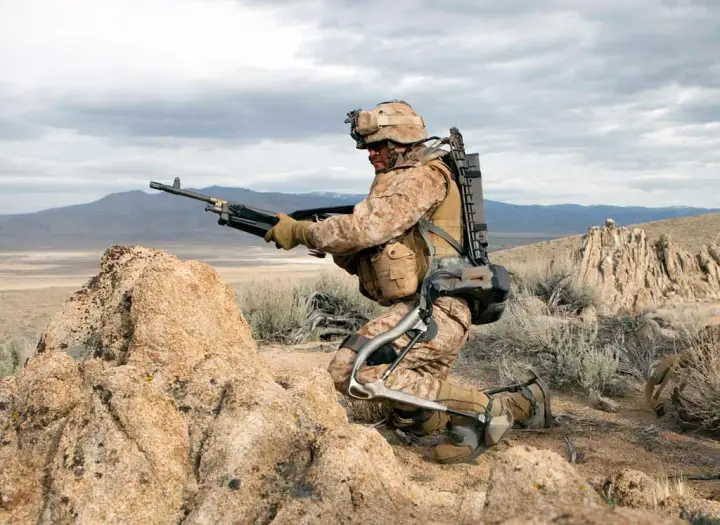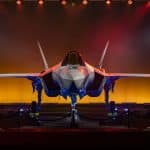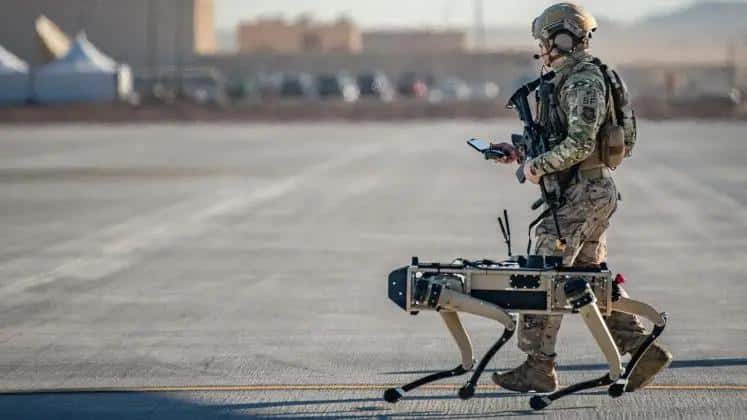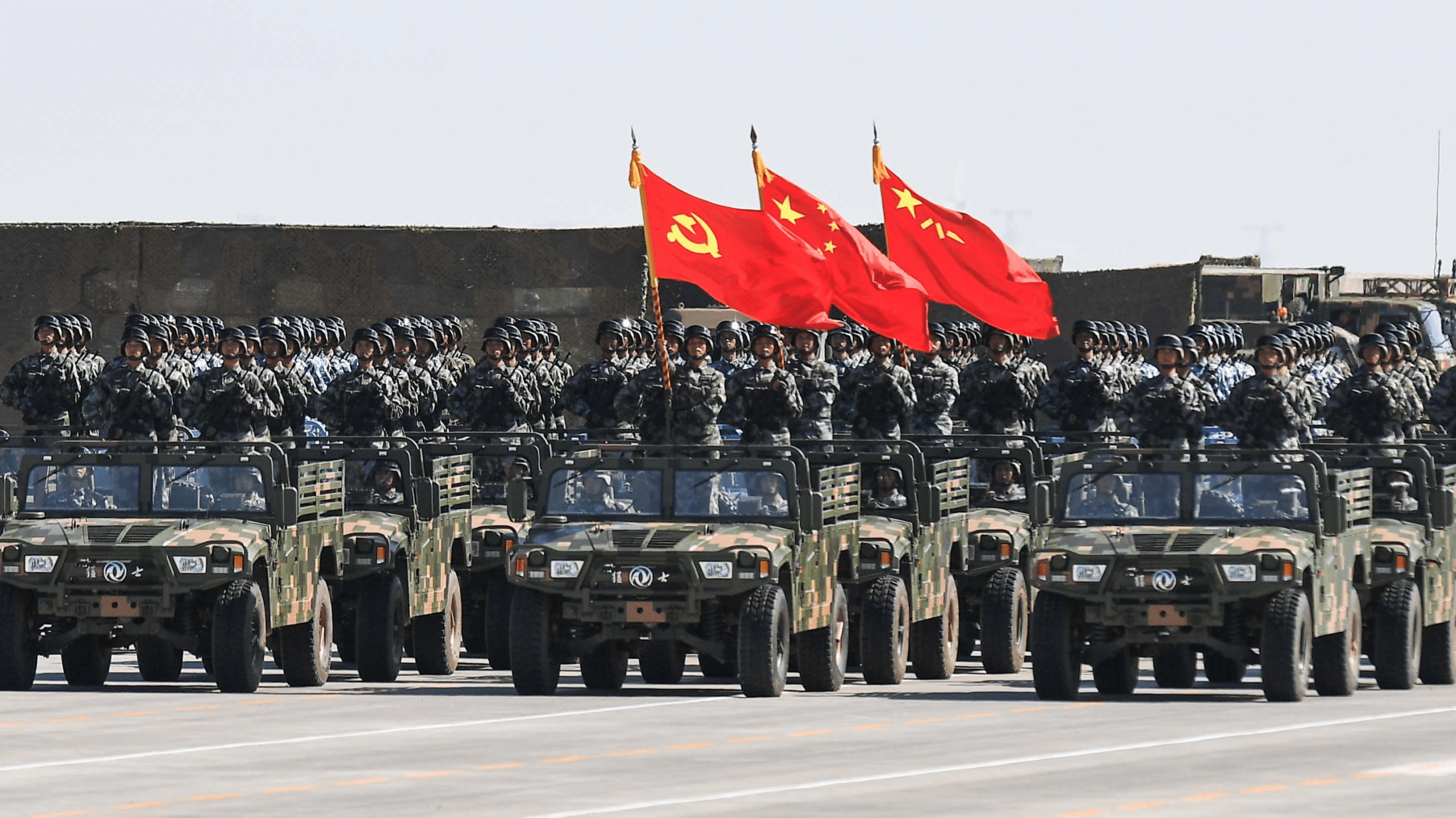Initially for medical purposes military exoskeletons represent a breakthrough in military technology, transforming warfare operations. The integration of robotics, artificial intelligence (AI) and advanced materials has given rise to exoskeletons, providing soldiers with increased strength, agility and endurance during combat operations, while also playing an essential role in logistical tasks and the transport of heavy loads, reducing the risk of injury and fatigue for military personnel.
Market trends and growth
The military exoskeleton market is experiencing significant growth, driven by increasing demand for soldier performance and safety. Increasing defense budgets and the growing integration of advanced technologies into military operations are forecasting widespread adoption of exoskeleton systems. Research and development activities, combined with collaborations between defense organizations and technology companies, are contributing to the rapid expansion of the market.
Technological advances
The growing complexity of modern warfare requires soldiers to be better equipped and more efficient. These systems help with load-carrying, although they remain ill-suited to the difficult terrain of real combat conditions.
A lot of models of military exoskeletons, also known as combat exoskeletons, have been developed for years.
ONYX: Formerly known as the Human Universal Load Carrier (HULC) project, this partial American exoskeleton is motorized. It focuses on the lower limbs, significantly reduces the load felt thanks to motorized lower-limb assistance and enhancing the soldier’s strength and endurance.
Lockheed Martin

RAYTHEON XOS 2: This American “Iron Man” suit is a full-body exoskeleton. Equipped with a hydraulic motor,amplifies the wearer’s strength by up to 17 times, enabling heavy loads to be lifted with minimal effort. This revolutionary advancement increases the soldier’s strength, agility, and endurance.
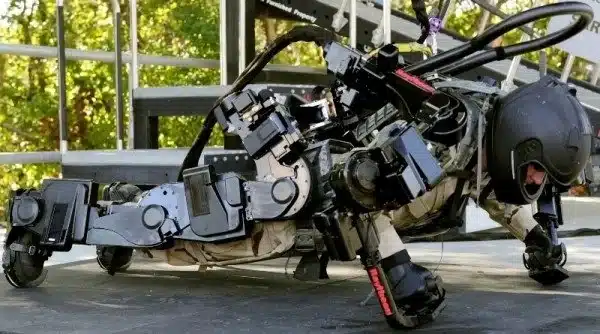
RATNIK-3 : A Russian military exoskeleton, presented by Russia as an advanced protection system, including a head-up display and enhanced ballistic protection.
Futuro prossimo
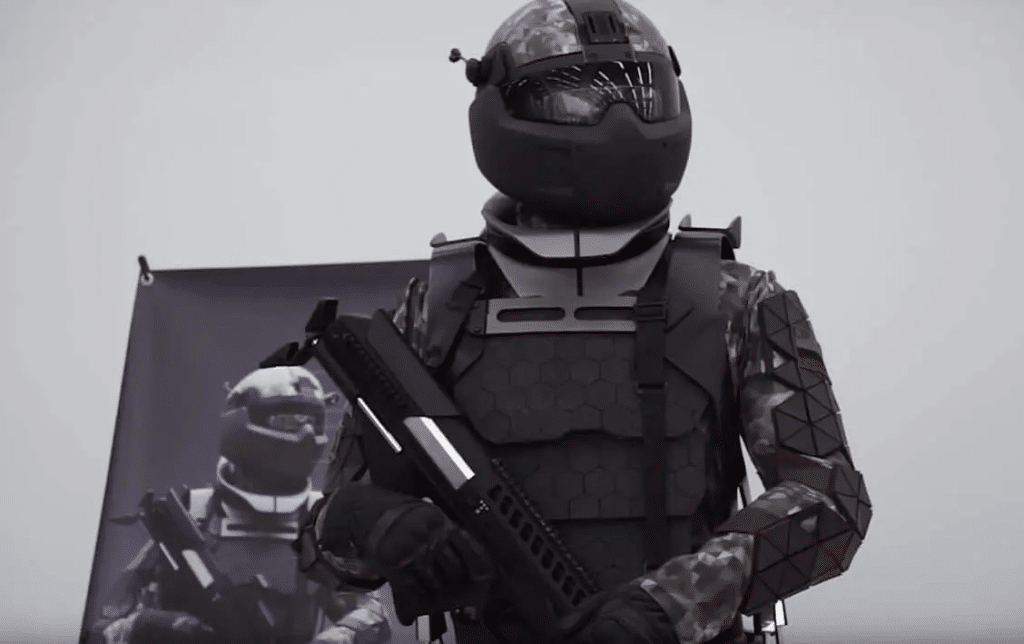
Market analysis
The military exoskeleton market’s size reached $147.6 million in 2022 and is projected to maintain a steady growth rate of 17.2% from 2023 to 2032. With a projected value of nearly $730 million by the end of 2032, the article analyzes the market’s growth fueled by increasing demand for soldier performance and continuous technological advancements.
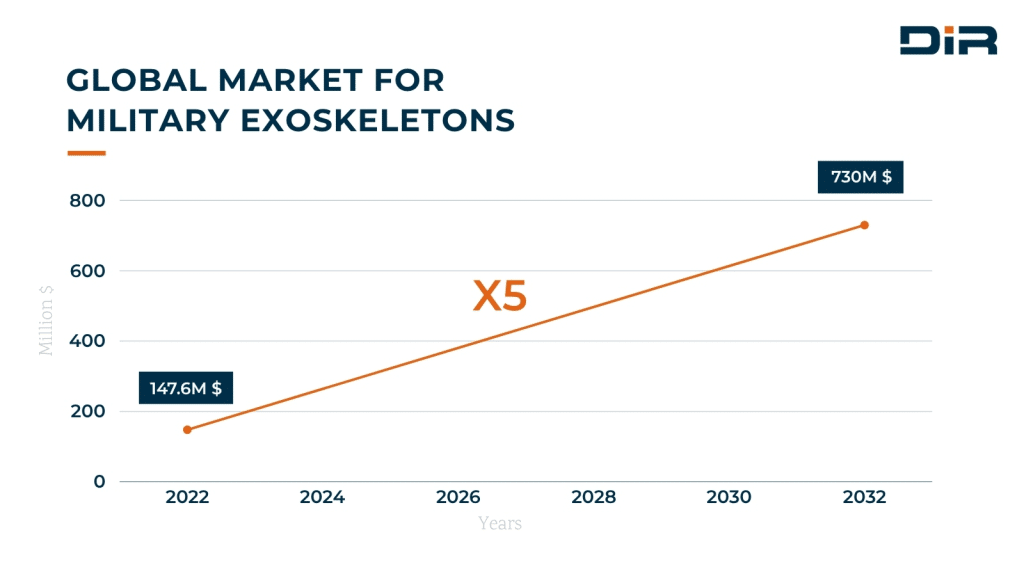
The market for military exoskeletons is expanding rapidly, driven by adaptability and innovation in a constantly evolving sector. Exoskeletons represent a crucial step forward in enhancing the capabilities of armed forces, shaping the future of modern military operations. Despite this, some particularly ambitious projects some forward-looking visions exaggerate possible capabilities, drawing more on science fiction than current technological constraints.

